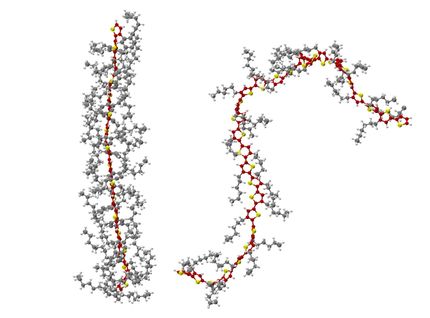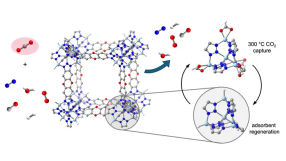What your candles and TV screen have in common
The next time you light a candle and switch on your television ready for a relaxing evening at home, just think. These two vastly different products have much more in common than you might imagine!
Research recently carried out by Professor Tanja Schilling and associates, Muhammad Anwar and Francesco Turci, at the Physics and Material Science Research Unit of the University of Luxembourg made this surprising connection, which works as follows.
In the process of refining crude oil, paraffin wax is produced as a by-product. Paraffin wax is widely used in many ways – candles, lubricants, paint, medicines and even many of our best loved beauty products.
The crystallisation process of paraffin has been widely studied on a macroscopic level, but very little has been known on the microscopic level – until now. Prof Schilling and her colleagues made a study of paraffin at the individual molecular level and examined the process by which molten wax crystallises, with startling results.
They found that wax molecules align in a similar way to molecules in liquid crystal before they slide into their final positions and that this closely resembles the processes that are used in liquid crystal display (LCD) technology, like your television screen.
“This research will be of value to the plastics industry as the polymers which make up plastics are really just long-chain versions of the molecules in wax,” says Prof Schilling.
Almost every plastic product we use each day is created via the injection moulding process. This is a process whereby molten plastic is injected into a mould and cooled to form the product required. Prof Schilling’s research adds important knowledge as to how to control any potential defects in this process.
Other news from the department science
These products might interest you

Spinsolve Benchtop NMR by Magritek
Spinsolve Benchtop NMR
Spinsolve is a revolutionary multinuclear NMR spectrometer that provides the best performance

Eclipse by Wyatt Technology
FFF-MALS system for separation and characterization of macromolecules and nanoparticles
The latest and most innovative FFF system designed for highest usability, robustness and data quality

HYPERION II by Bruker
FT-IR and IR laser imaging (QCL) microscope for research and development
Analyze macroscopic samples with microscopic resolution (5 µm) in seconds

Get the chemical industry in your inbox
From now on, don't miss a thing: Our newsletter for the chemical industry, analytics, lab technology and process engineering brings you up to date every Tuesday and Thursday. The latest industry news, product highlights and innovations - compact and easy to understand in your inbox. Researched by us so you don't have to.



























































